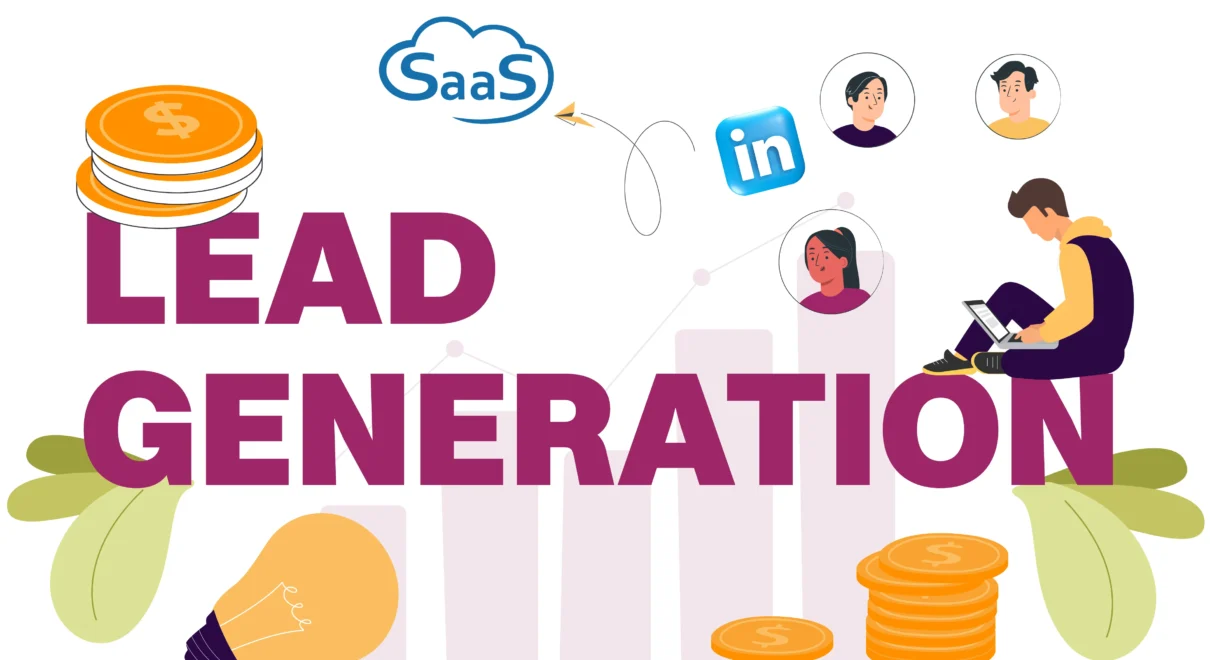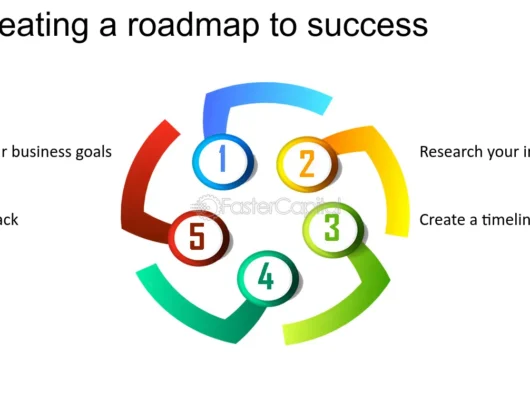In the realm of B2B marketing, LinkedIn has emerged as the go-to platform for connecting with decision-makers, generating leads, and establishing industry authority.
Unlike other social media platforms, LinkedIn is purpose-built for professionals, making it an ideal space to reach business audiences.
But how can you effectively leverage LinkedIn to elevate your B2B marketing efforts? In this article, we’ll delve into proven strategies that can help you harness the full potential of LinkedIn for your B2B marketing campaigns.
Section 1: Why LinkedIn is Essential for B2B Marketing
LinkedIn is not just another social network—it’s a powerful B2B marketing tool. Here’s why:
- Highly Targeted Audience: LinkedIn is home to over 900 million professionals, including executives, managers, and decision-makers. This makes it a prime platform for reaching business audiences who are often difficult to target on other networks.
- Trust and Credibility: LinkedIn is perceived as a trusted source for industry news, insights, and professional connections. Content shared on LinkedIn is more likely to be taken seriously, adding credibility to your brand.
- Networking Opportunities: LinkedIn facilitates meaningful connections with industry peers, potential clients, and collaborators. These relationships can lead to valuable partnerships and business opportunities.
Section 2: Building a Strong LinkedIn Presence
Before you can successfully market on LinkedIn, you need to establish a solid foundation. This starts with your company page:
- Optimize Your Company Page: Your LinkedIn company page should be fully optimized with a professional logo, cover image, and a compelling description that clearly communicates your value proposition. Use relevant keywords to improve your page’s searchability.
- Showcase Your Expertise: Regularly update your company page with content that demonstrates your industry knowledge and expertise. This could include blog posts, whitepapers, case studies, and industry reports.
- Leverage Showcase Pages: If your business offers multiple products or services, consider creating Showcase Pages. These subpages allow you to highlight specific aspects of your business, making it easier to target different segments of your audience.
Section 3: Content Marketing Strategies for B2B Success
Content is at the heart of any successful LinkedIn B2B marketing strategy. Here’s how to create content that resonates with your audience:
- Thought Leadership Articles: Publish in-depth articles that offer valuable insights, trends, and solutions relevant to your industry. This positions your brand as a thought leader and builds trust with your audience.
- Engaging Visual Content: Use infographics, slideshows, and videos to present complex information in a digestible format. Visual content tends to generate higher engagement and is more likely to be shared.
- Webinars and Live Events: Host webinars and LinkedIn Live sessions to discuss industry topics, share knowledge, and interact with your audience in real-time. These events can be a great way to generate leads and build relationships.
- Employee Advocacy: Encourage your employees to share company content on their personal LinkedIn profiles. Employee advocacy can significantly expand your reach and enhance your brand’s credibility.
Section 4: Leveraging LinkedIn Ads for B2B Marketing
Paid advertising on LinkedIn can amplify your reach and drive targeted leads. Here’s how to make the most of LinkedIn’s ad platform:
- Sponsored Content: Promote your posts to a wider audience with Sponsored Content. This ad format appears in users’ feeds, making it ideal for boosting visibility and engagement.
- Sponsored InMail: Send personalized messages directly to the inboxes of your target audience with Sponsored InMail. This format is particularly effective for lead generation and nurturing prospects.
- Dynamic Ads: Use Dynamic Ads to deliver personalized ad content to your audience based on their LinkedIn profiles. This can increase engagement and conversion rates.
- LinkedIn Matched Audiences: Target specific companies, industries, or job functions using LinkedIn’s Matched Audiences feature. This allows you to tailor your campaigns to reach the most relevant audience.
Section 5: Measuring and Optimizing Your LinkedIn B2B Marketing Efforts
To ensure your LinkedIn B2B marketing strategy is effective, it’s essential to track and analyze key metrics:
- Engagement Metrics: Monitor likes, comments, shares, and clicks to gauge how well your content is resonating with your audience.
- Conversion Rates: Track the conversion rates of your LinkedIn ads and lead generation forms to assess the effectiveness of your campaigns.
- Lead Quality: Evaluate the quality of leads generated through LinkedIn by tracking their progress through your sales funnel.
- A/B Testing: Continuously test different ad formats, messaging, and content types to optimize your strategy and improve results over time.
Conclusion
LinkedIn is an indispensable platform for B2B marketers looking to connect with professionals, generate leads, and build brand authority.
By optimizing your presence, creating valuable content, leveraging paid ads, and continuously measuring your performance, you can unlock the full potential of LinkedIn for your B2B marketing efforts.
Start implementing these strategies today and watch your LinkedIn presence transform into a powerful engine for business growth.






